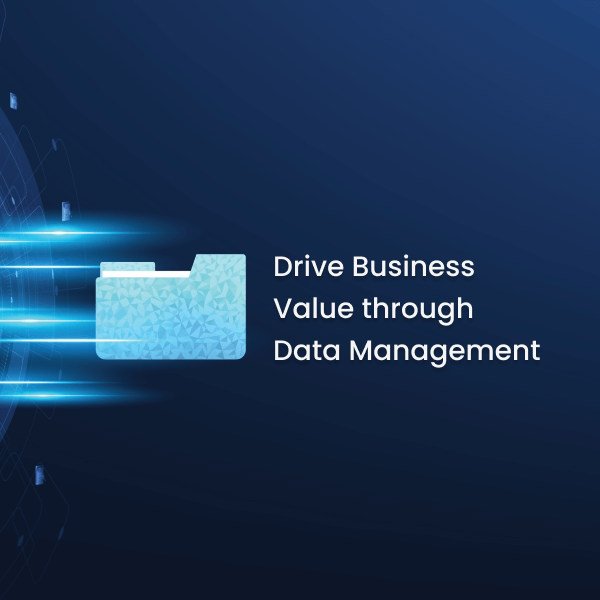Information is one of the most powerful instruments one can wield, and organizations have a vested interest in protecting their corporate memory from malign actors. Accordingly, cyber threats are something that 47% of executives are "extremely concerned" about, per PwC's 2021 Global CEO Survey.
These concerns are often exacerbated in the cloud because it requires organizations to hand over partial control of their data to cloud vendors. This fear is not entirely unfounded; however, when implemented correctly, the cloud can be a secure and cost-effective way of managing data. To assist organizations with their cloud security, here are some tips to countering the most frequent risks.
Prioritize Security from Day One
The cloud can be as secure as an organization needs it to be. Users can configure their clouds and select the most defensive enterprise cloud security settings during installation. These seemingly minor optimization choices make a major difference in data protection. Notably, the leading cause of data breaches is the misconfiguration of cloud settings that expose enterprise data to unwanted access.
To combat these security gaps, organizations should be meticulous when establishing a new cloud server and ensure that all parties have selected the most secure options. While this can be done internally, it is recommended that you seek out enterprise data migration specialists who are more familiar with cloud settings and have gone through the process before. While the majority of this work is done when establishing the cloud infrastructure, continued focus is required whenever implementing updates or new deployment models.
Establish Security Best Practices
Outside of initial installation, there are numerous ways organizations can reclaim control over their cloud security and better protect their data. Some notable measures to take include
Limiting user access privileges to only the select employees who require it
Encrypting data in transit and in rest
Updating software as more advanced security features become available
Enforcing BYOD (Bring Your Own Device) security standards, such as requiring VPN and antivirus protection on all devices
Increasing the strength of user passwords and mandate frequent password changes
Implementing multi-factor verification to access cloud data
These measures all make it more difficult for a cyberhacker to infiltrate the cloud by creating natural safeguards against unwanted viewers.
Acknowledge the Human Factor of Enterprise Cloud Security
Even with all these protective measures in place, the only way to have a truly secure platform is to have secure users. Organizations should implement continued education for employees to learn how their actions may unknowingly be affecting the overall security of the cloud. For example, one of the most common ways cyberhackers infiltrate the cloud is through phishing attempts that trick employees into sharing access privileges.
However, since some human error is inevitable, organizations should implement baseline monitoring to catch anything that falls between the cracks. In fact, information management and analytics tools can assist in uncovering—and even preventing—potential threats by monitoring abnormal data behaviors. For example, noticing if certain documents do not contain proper security settings or if any data has been accessed, moved, or deleted en masse can clue an organization in on a potential hack or security weak link.
No one step alone can completely safeguard enterprise data, but collectively they can make the cloud just as secure as an on-premises deployment.
Mitigate the Risks and Reap the Rewards
Additionally, the cloud offers several high-level benefits that users would be unable to tap into on-premises: unlimited scalability, reduced IT overhead, high data availability, server elasticity, and remote access. The main obstacle holding enterprises back from adopting a cloud solution is the lingering concern that the cloud is less secure than on-premises. However, with proper cloud data management, organizations can maintain the same level of security on or off the cloud.
If you are curious about the benefits of a cloud or hybrid solution, check out ZL Tech’s cloud adoption brochure.




